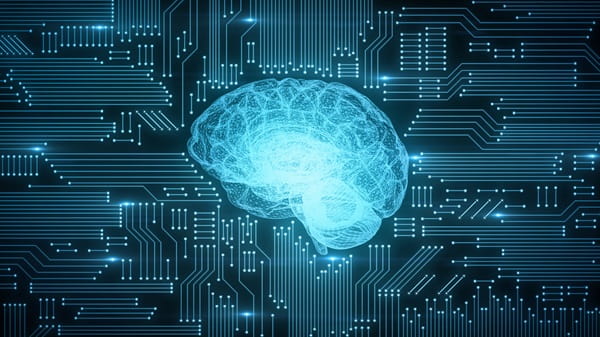In the world of data science, we often hear about the importance of statistics, programming, and machine learning. But behind these technical skills lies a more fundamental, powerful framework that truly drives success: Computational Thinking. This isn’t about thinking like a computer; it’s a structured, human-centric approach to problem-solving that allows data scientists to take on vast, complex challenges and break them down into manageable, solvable steps. It’s the architect’s mindset behind the code, the blueprint that guides the entire data science process.
What is Computational Thinking?

At its core, Computational Thinking (CT) is a problem-solving methodology that involves four key pillars:
- Decomposition: Breaking down a large, complex problem into smaller, more manageable sub-problems.
- Pattern Recognition: Identifying trends, similarities, or recurring patterns within these smaller problems.
- Abstraction: Focusing on the essential details while ignoring irrelevant information, creating a simplified model of the problem.
- Algorithm Design: Developing a step-by-step solution to the problem, or the rules to follow to solve each of the smaller sub-problems.
This structured approach is what allows data scientists to move from a vague business question like “Why are our sales dipping?” to a concrete, data-driven solution.
How Computational Thinking Fuels the Data Science Workflow
Let’s see how these four pillars directly power the day-to-day work of a data scientist:
- Decomposition in Action: A data scientist is tasked with predicting customer churn. Instead of tackling this huge problem at once, they decompose it:
- Problem 1: How do we gather and clean customer data?
- Problem 2: What features (e.g., purchase history, support tickets, app usage) are relevant?
- Problem 3: Which machine learning model is best for this type of prediction?
- Problem 4: How do we test and validate the model’s accuracy?
- Problem 5: How do we deploy this model so the business can use it?
- Pattern Recognition in Action: While exploring the data (from Problem 2), the data scientist recognizes patterns. They might see that customers who haven’t logged in for 30 days and have filed more than two support tickets are highly likely to churn. This pattern becomes a crucial feature in their predictive model.
- Abstraction in Action: The data scientist doesn’t need to know every single detail about every customer. They use abstraction to create a simplified model of a “customer,” focusing only on the features relevant to churn (e.g., last_login_date, ticket_count, purchase_frequency). They ignore irrelevant details like the customer’s browser type or profile picture, simplifying the problem without losing predictive power.
- Algorithm Design in Action: This is the most direct link. The data scientist designs an algorithm, a step-by-step process, for the entire workflow. This includes the steps for data cleaning, feature engineering, training the machine learning model, and evaluating its performance. The final machine learning model itself is a complex algorithm designed to find patterns and make predictions.
For those looking to build this foundational mindset alongside technical skills, enrolling in a comprehensive data science course is an excellent starting point. These programs teach not just the “how” of coding and statistics, but also the “why” of structured problem-solving, which is the essence of computational thinking.
Why It’s More Than Just Coding
A common misconception is that data science is just about writing code. But without computational thinking, a programmer might write inefficient code that doesn’t solve the core business problem. A data scientist armed with CT, however, will first think deeply about the problem, break it down, identify the most efficient path, and then write the code. This leads to more robust, scalable, and impactful solutions. It’s the difference between being a coder and being a true problem-solver.
Cultivating an Advanced Computational Mindset
As data problems become increasingly complex, especially in fields like genomics, climate science, and high-frequency trading, a sophisticated understanding of computational principles is paramount. For those aspiring to tackle these frontier problems, advanced academic programs are invaluable. For instance, an IISc data science program (referring to programs at the Indian Institute of Science) is renowned for its rigorous curriculum that emphasizes the deep mathematical and computational underpinnings of the field. Such programs are designed to cultivate an advanced computational mindset, preparing graduates not just to apply data science but to innovate and lead within it.
Conclusion: The Bedrock of Modern Data Science
Computational thinking is the invisible engine that powers modern data science. It provides the structure, clarity, and efficiency needed to navigate the complexities of large-scale data and turn it into meaningful action. While technical skills like Python and SQL are the tools, computational thinking is the strategic mind that wields them effectively. For anyone looking to excel in the data-driven world of tomorrow, cultivating this problem-solving mindset is not just beneficial, it’s absolutely essential.








